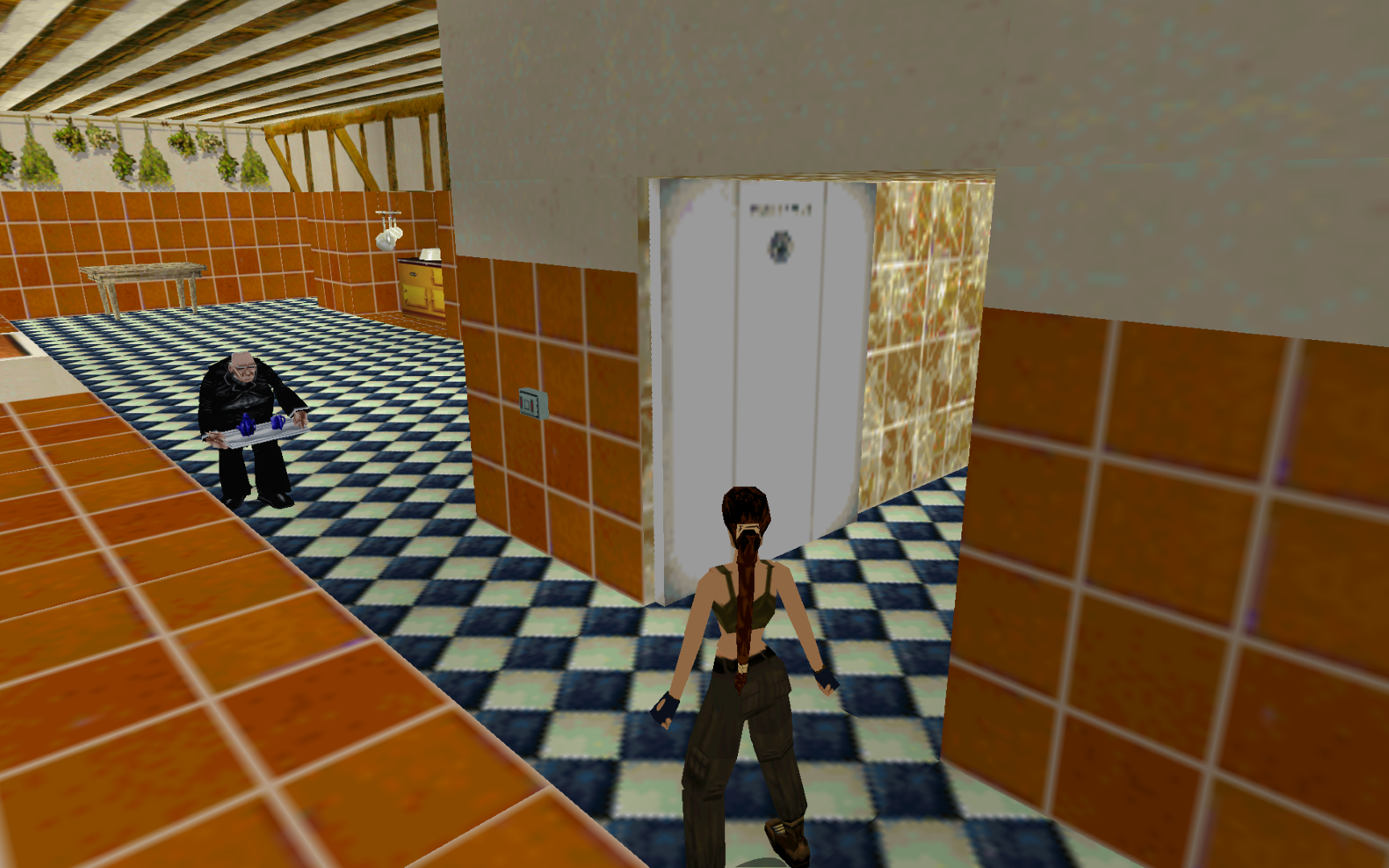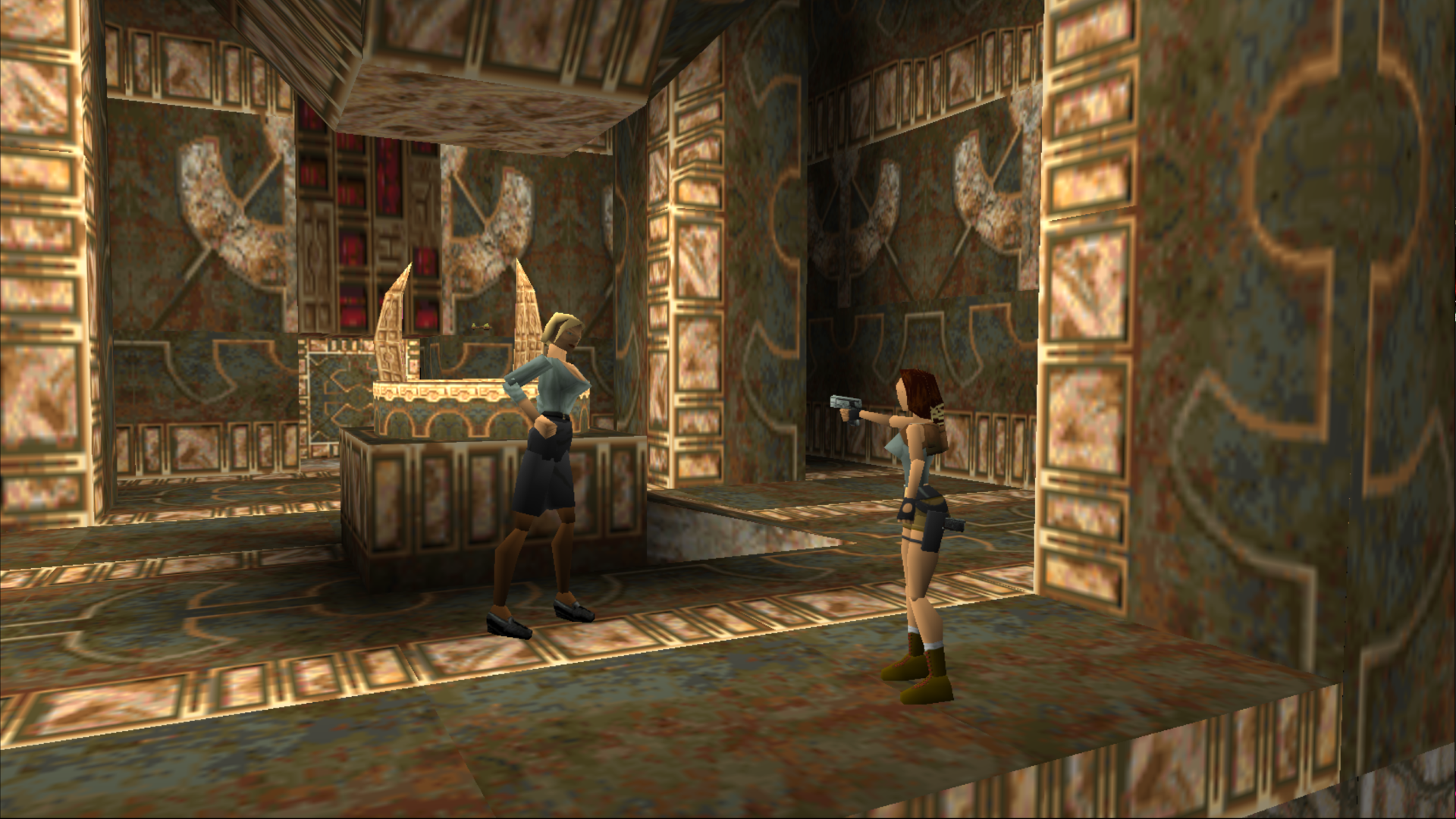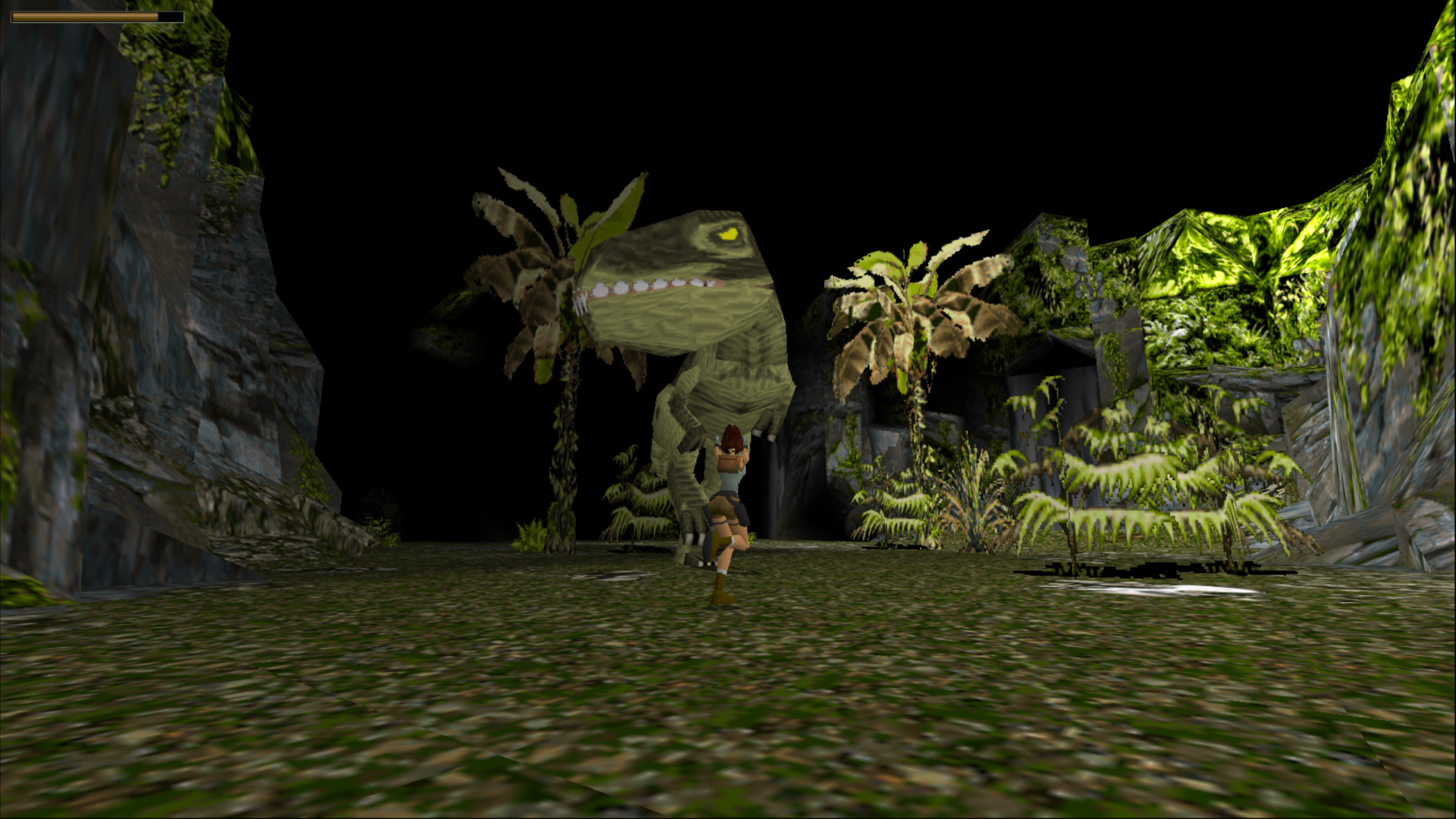If you’re a fan of computer games, then Tomb Raider will hold no mysteries to you. After 25 years it’s a franchise that has spawned numerous sequels, multiple movies which have all equalled to over billions in sales. But despite all this, I’ve never actually played Tomb Raider until now.
I’m not entirely sure how this ended up being the situation. In theory, a game which includes action, adventure, mystery, and a half-decent plot, should be one that I would go out of my way to play.
While not every game in the Tomb Raider franchise has been a stone-cold classic, there are several which have received excellent reviews. But the very first game in particular was revolutionary for its time, and defined the foundation for how a 3D game could be played.
A plumber and a mutant hedgehog
25 years ago, the leading protagonists in video games were a plumber and a mutant hedgehog. Video games still retained something of an unwanted reputation as a niche hobby. So in 1996, a game was released by a company based in Derby, England, which featured a strong female protagonist (as opposed to a princess who needed rescuing), it was almost inevitable that it was going to garner widespread attention.
While a lot of the coverage focussed uncomfortably on Lara’s appearance and led to infamous controversies such as Nude Raider, it's a legitimate question, as to whether Lara was a symbol of female empowerment, or a teenage boy’s fantasy. But as a female lead, Lara really was something new and different. Look at other games released in 1996: Super Mario 64, Duke Nukem 3D, Quake, Crash Bandicoot, Resident Evil and Donkey Kong Country 3, to name a few. Female protagonists were few and far between, so it was refreshing to see Lara Croft.
Just as importantly, the game was made by CORE Design, previously known for Rick Dangerous and BC Racers, received great reviews. It would never have managed to survive for 25 years, or become such a widely-known franchise, if there wasn’t more to it than it starring a woman. Praised for its gameplay, level design, a compelling character, and a plot, Tomb Raider deserved the attention it got as a game. 81 million games sold over the last 25 years means it must be doing something right.

I’ve never locked Winston in the freezer
But I wouldn’t really know about any of this first-hand, because up until now, I had never played a Tomb Raider game. I’ve never locked her butler Winston in the freezer. I’ve never attempted to reconcile the fact that she can kill a T-Rex, but immediately dies when she goes near anything spiky, which might explain the absence of cacti in her home. Or the fact she isn’t a patron of hedgehog charities.
But now, after 25 years, I have finally found time and opportunity to experience Tomb Raider, in all its glory, for the first time. After playing the first two games, released in 1996 and 1997, here are some of my first-hand impressions.

Danger lurks around every corner
Tomb Raider doesn’t flirt with you. You get thrown straight into the game, immediately high up in the Andes, navigating through a temple. It immediately struck me how little hand-holding you get, in comparison to modern games. The levels are big, tricky, and can be unforgiving. Spending time in Lara’s mansion to learn the ropes is time well spent.
So on my second attempt to play the game, having learned what the controls were, I was able to start to appreciate the game itself. There is a lot to appreciate across the board. Graphically, while it obviously can’t compete with more recent games, it holds up pretty well after 25 years. Yes, it’s a bit blocky, and the colour palette isn’t the richest, but overall, it’s very respectable, and has a design that fits with the time, alongside other factors.

Of course there’s a T-Rex
The music is fantastic. Composed by Nathan McCree, it just sits in the background, then rises to a crescendo, giving you just enough time to prepare for impending strife. Possibly in the form of a T-Rex, because of course there’s a T-Rex. Danger lurks around every corner. Sometimes the corner itself is dangerous. I have died. A lot.
Even the first level is a challenge. I’d consider myself a reasonably competent gamer. But the death toll is staggering. I cannot think of another game that has made me want to rage quit this much. Every time you think you’ve negotiated the dangerous bit, there are more spikes, or boulders, or Wolves, Bears, Tigers, or Tyrannosaurs. Or a massive hole in the ground that you didn’t see. A single misstep means death. I could probably explain in an entire podcast series on the myriad ways I have killed Lara Croft by mistake.
But as annoying as it has been, I am still impressed by what this game has to offer. Enormous, labyrinthine levels to explore. Atmospheric music. The scale of the ambition is impressive. And compared to other games in 1996, it’s pretty easy to see why this has endured. You can sense how Lara may have paved the way for later female protagonists in games.
She made it acceptable for a main character to be a woman, rather than a plumber, Hedgehog or a Bandicoot. Without her, would we have had games like Perfect Dark, Bayonetta, or Horizon: Zero Dawn? Perhaps we’ll never know definitively, but Tomb Raider certainly helped to give strong female lead characters legitimacy, in a world where gaming was overwhelmingly masculine.
I’ll be going back to it again
Having at long last experienced Tomb Raider, I have no doubt I’ll be going back to it again, and discovering more unexpected ways to die.
It’s a challenge that demands to be overcome. But perhaps my biggest takeaway is this: I thought I was relatively capable at video games. Tomb Raider has made me question everything.
- Welcome to TechRadar’s PC Gaming Week 2021, our celebration of the greatest gaming platform on Earth. Despite the global pandemic and ongoing GPU shortages, PC gaming has never been more vibrant and exciting, and throughout the week we’ll be reflecting this with a selection of in-depth articles, interviews and essential buying guides.
from TechRadar - All the latest technology news https://ift.tt/3yCKKgJ




0 Comments